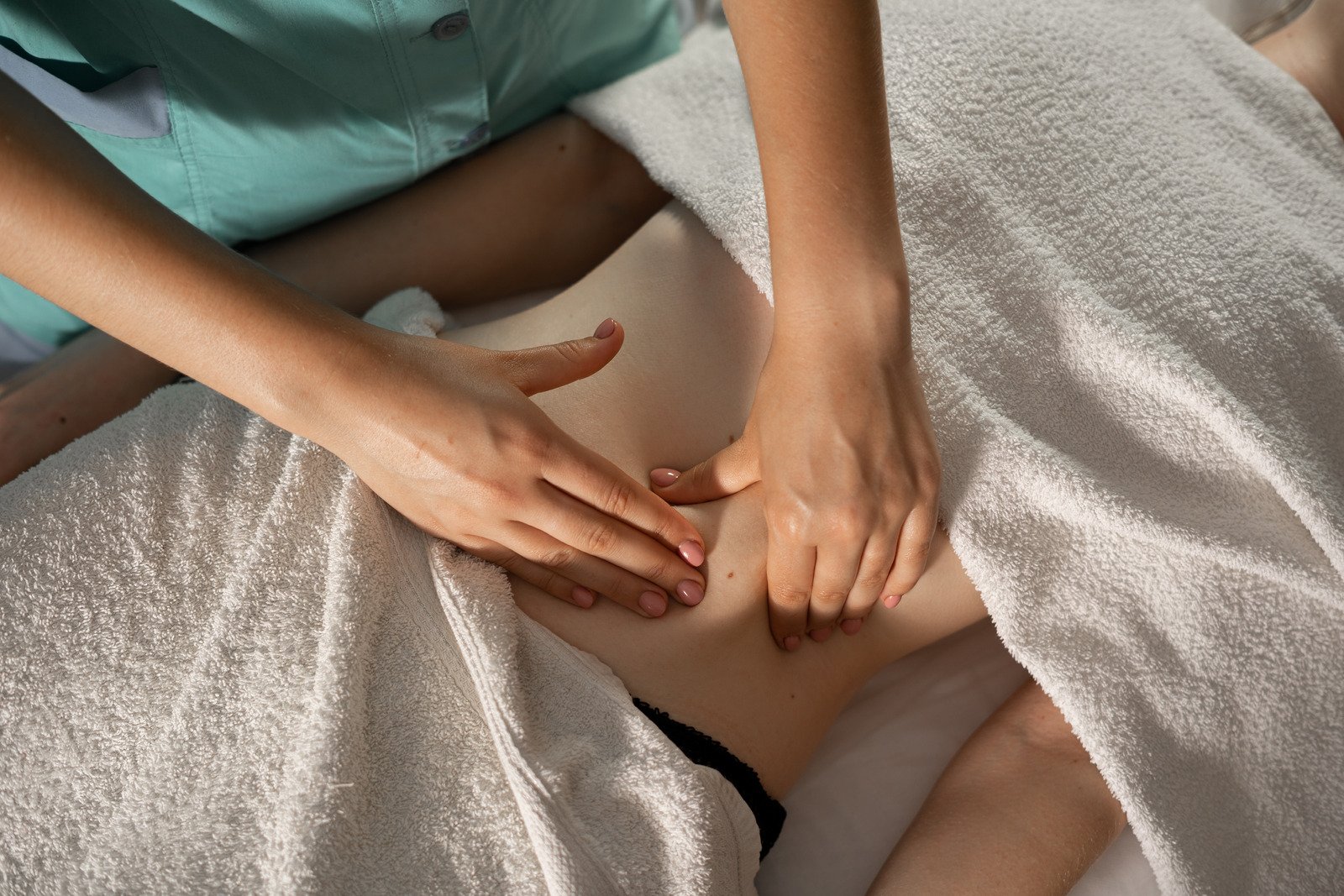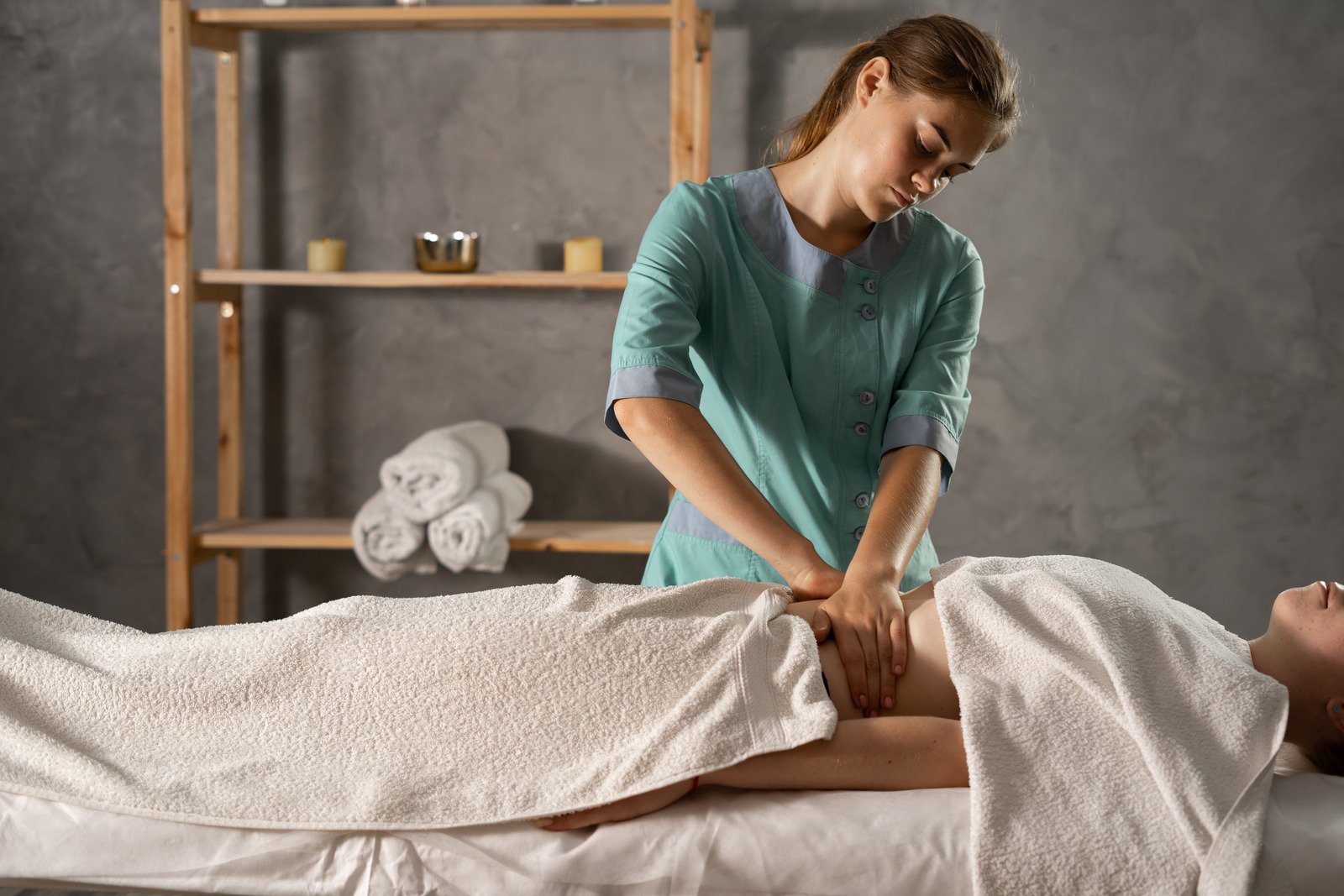Reduce Swelling & Boost Healing with Lymphatic Drainage Massage
Lymphatic drainage massagein Queensis a gentle, therapeutic technique designed to reduce swelling and support the body’s natural detox process. Often recommended for individuals recovering from surgery—especially breast cancer procedures where lymph nodes are removed—it helps manage lymphedema, a condition caused by fluid buildup in the arms, legs, or other areas. By stimulating the lymphatic system, a trained massage therapist encourages the movement of excess fluid, reducing inflammation and promoting overall circulation. This soothing massage not only aids recovery but also enhances relaxation and well-being.
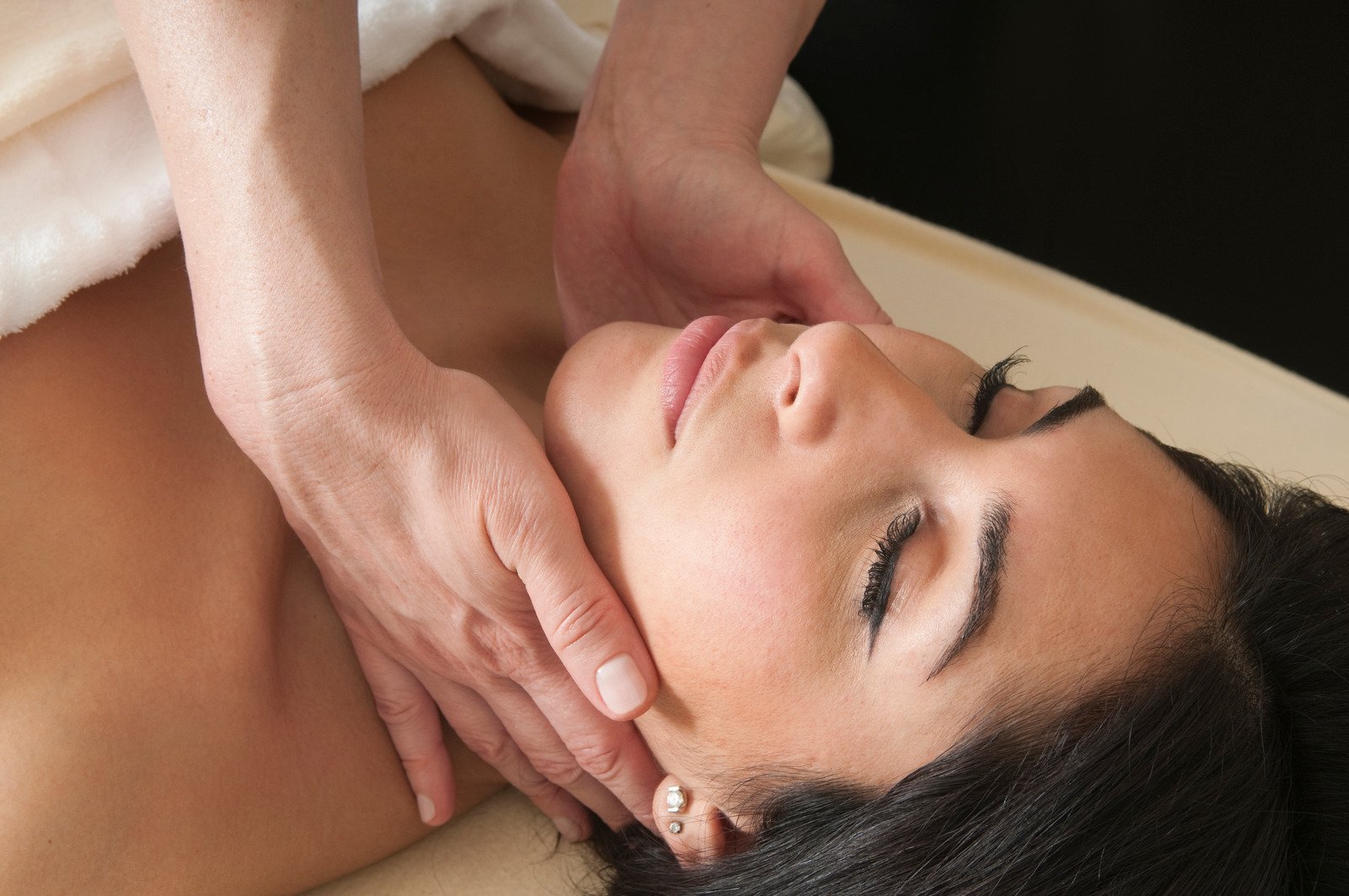
What Conditions Can Lymphatic Drainage Massage Help With?
Healthcare professionals often recommend manual lymphatic drainage to manage lymphedema, especially after breast cancer surgery.
It’s also used to help with conditions like chronic venous insufficiency, fibromyalgia, injuries, lipedema, and rheumatoid arthritis.
Beyond medical benefits, lymphatic massage in Queens, New Yorkis a popular cosmetic treatment—facial lymphatic drainage can improve circulation, reduce puffiness, and give your skin a natural, healthy glow.
Signs You Might Need a Lymphatic Drainage Massage
If your lymphatic system isn’t functioning properly, you may experience symptoms like bloating, brain fog, chronic sinus infections, fatigue, headaches, or swelling in your hands and ankles. Skin issues such as acne, dryness, or rashes can also be a sign of lymphatic congestion. Additionally, swollen lymph nodes in your neck may indicate your body needs extra support. A lymphatic drainage massage therapist can help promote circulation, reduce swelling, and restore balance to your system.
Lymphatic drainage massage benefits
-
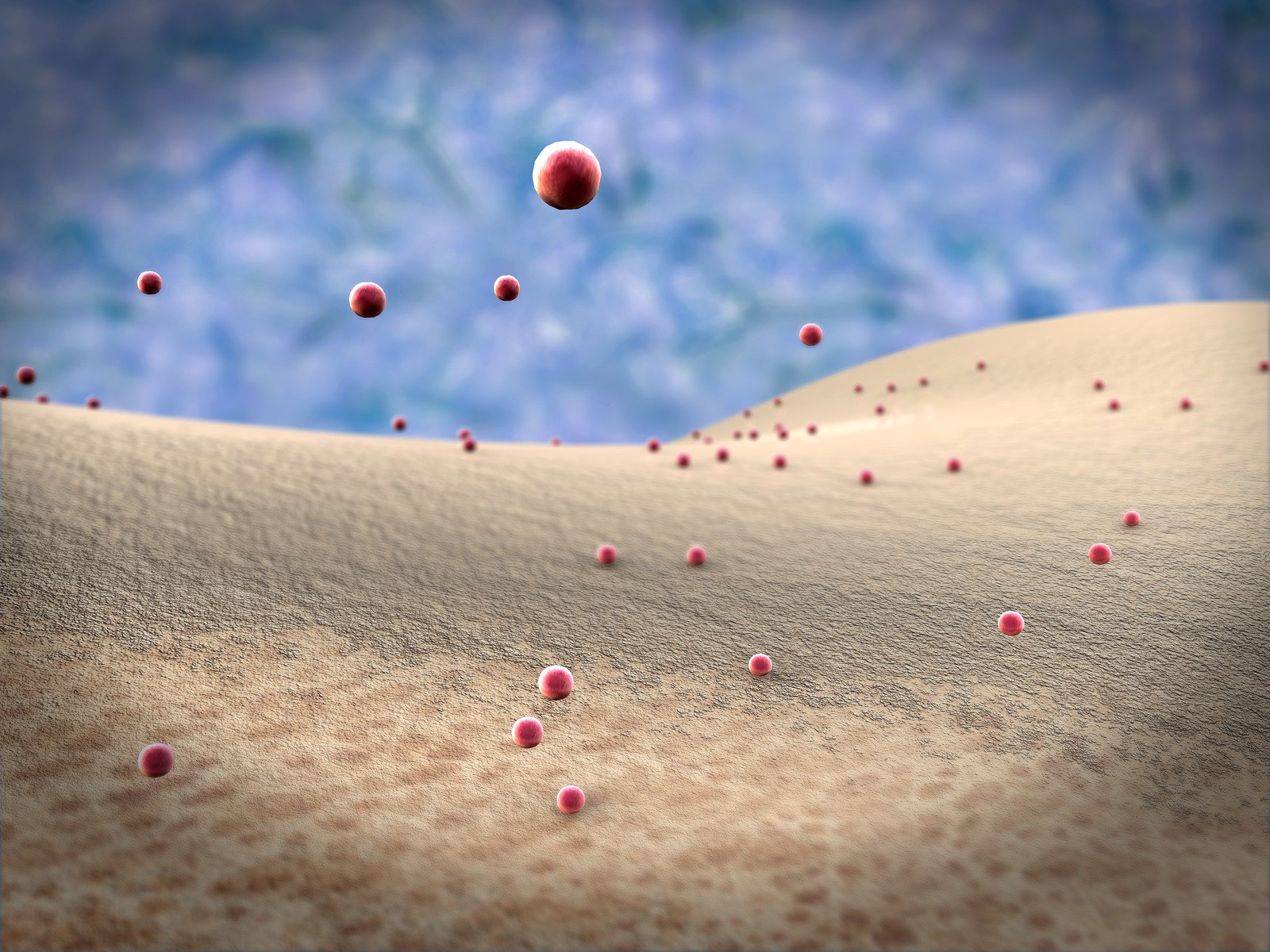
IMMUNE SYSTEM SUPPORT
-
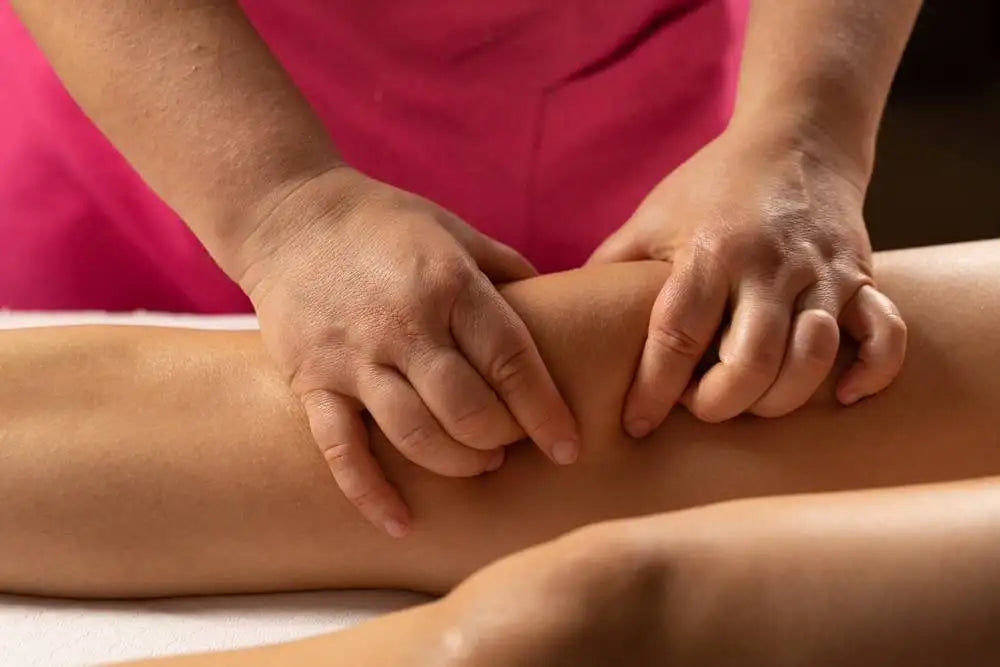
REDUCED FLUID RETENTION
-
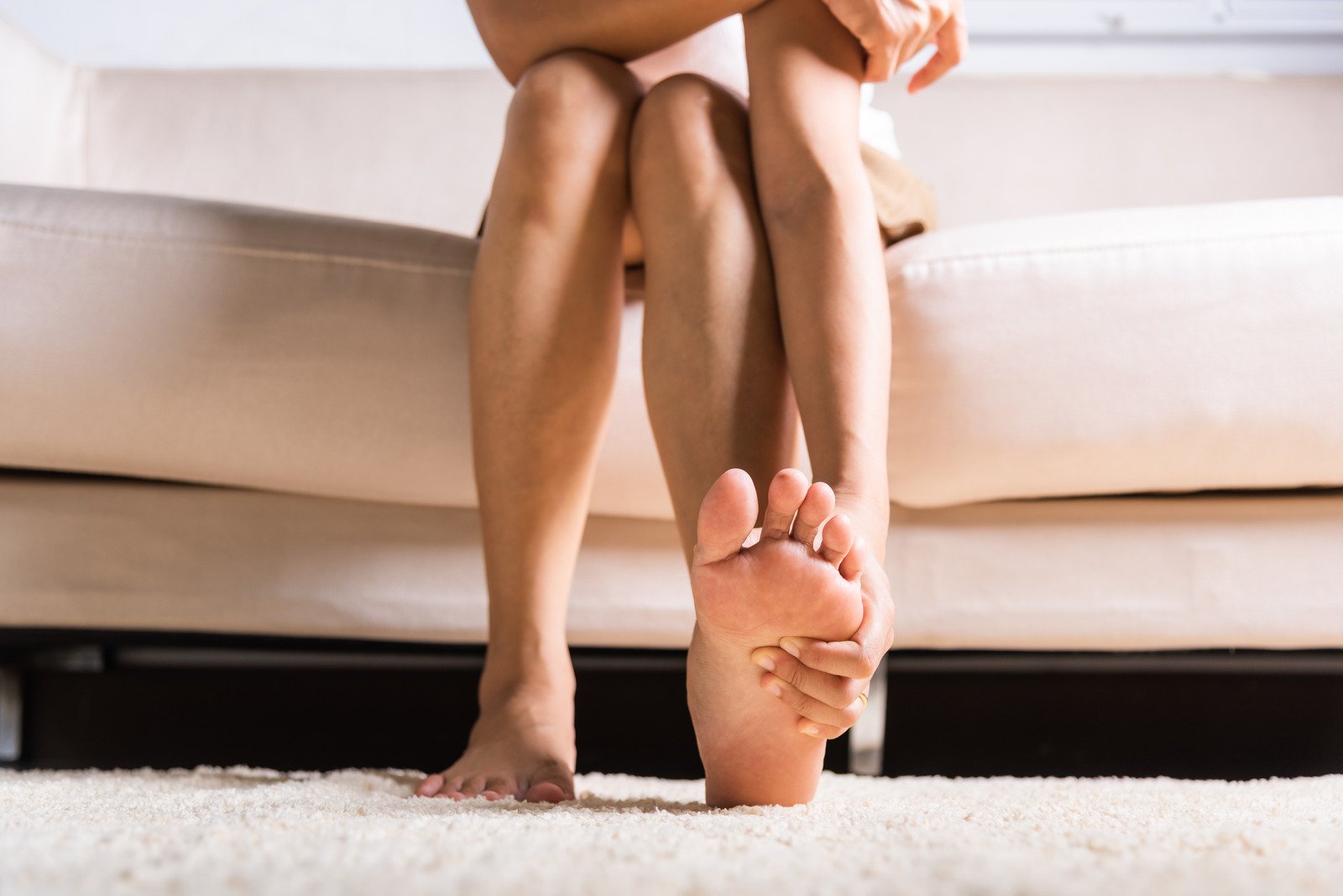
RELIEF FROM NEUROPATHY
-

STRESS MANAGEMENT
-

GLOWING SKIN
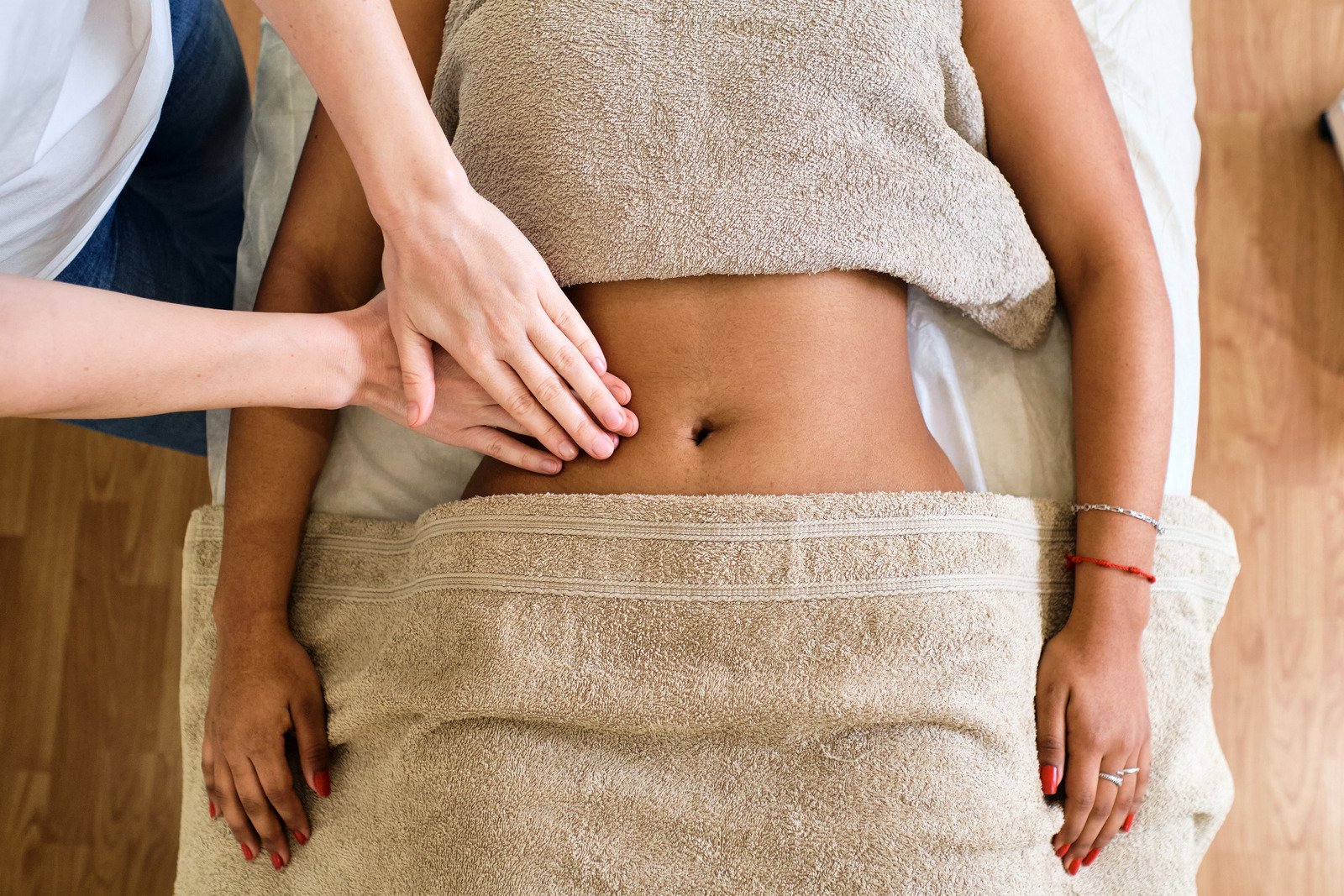
What to Expect During a Lymphatic Drainage Massage
During a lymphatic drainage massage, a trained professional uses gentle, rhythmic techniques to stimulate your lymphatic system and encourage fluid movement. The session typically begins with light massage around key lymph node areas, such as the neck, armpits, and, with your consent, the groin. This helps prepare the system for optimal drainage. The therapist then guides excess lymph fluid from swollen tissues toward the lymph nodes, where it can be naturally processed and absorbed, promoting circulation, reducing swelling, and supporting overall wellness.
Why Choose Ascend Spa?
-
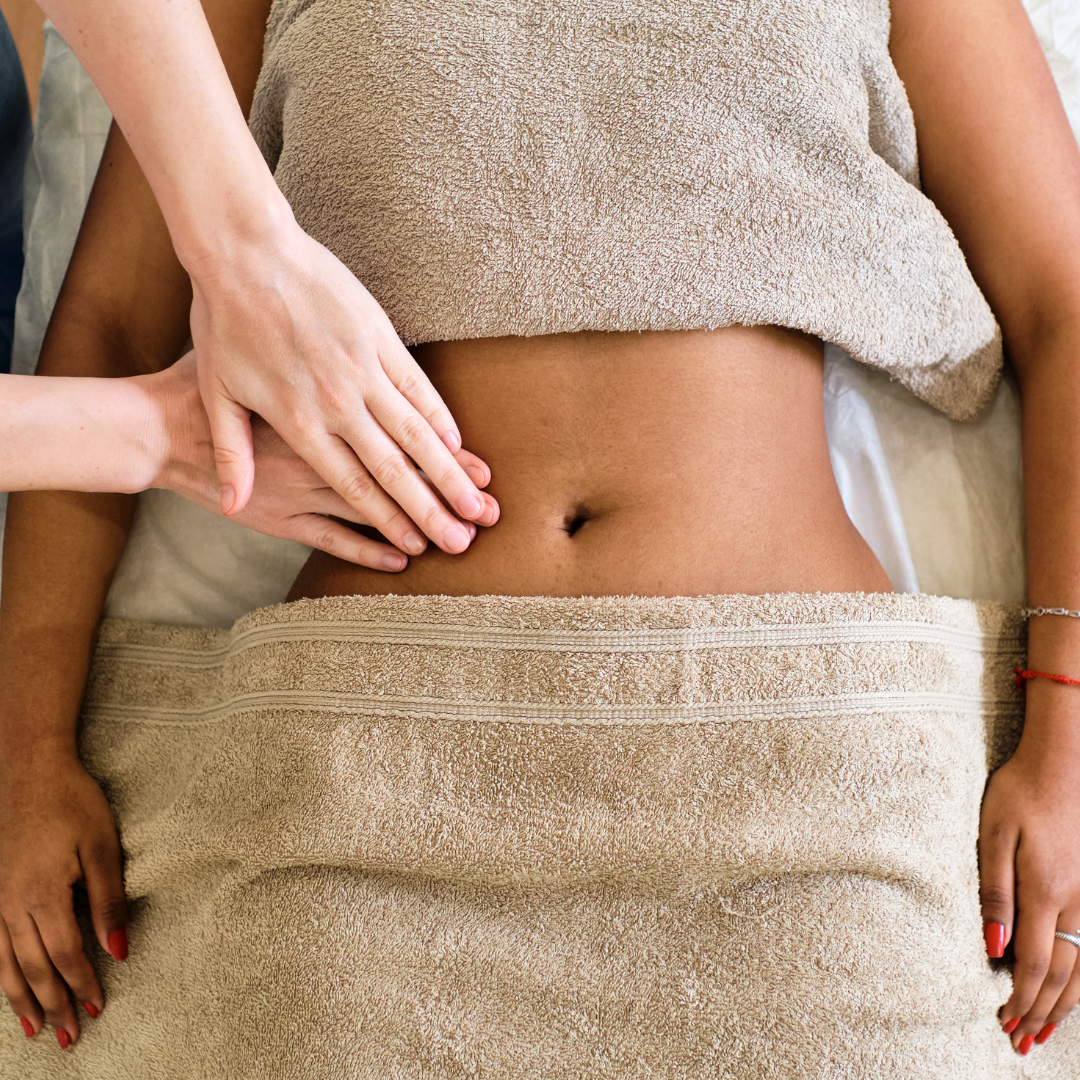
Experienced Therapists for Lymphatic Drainage Massage in Queens, New York. Our skilled therapists are trained in effective lymphatic drainage techniques, helping reduce swelling, improve circulation, and detoxify your body.
-
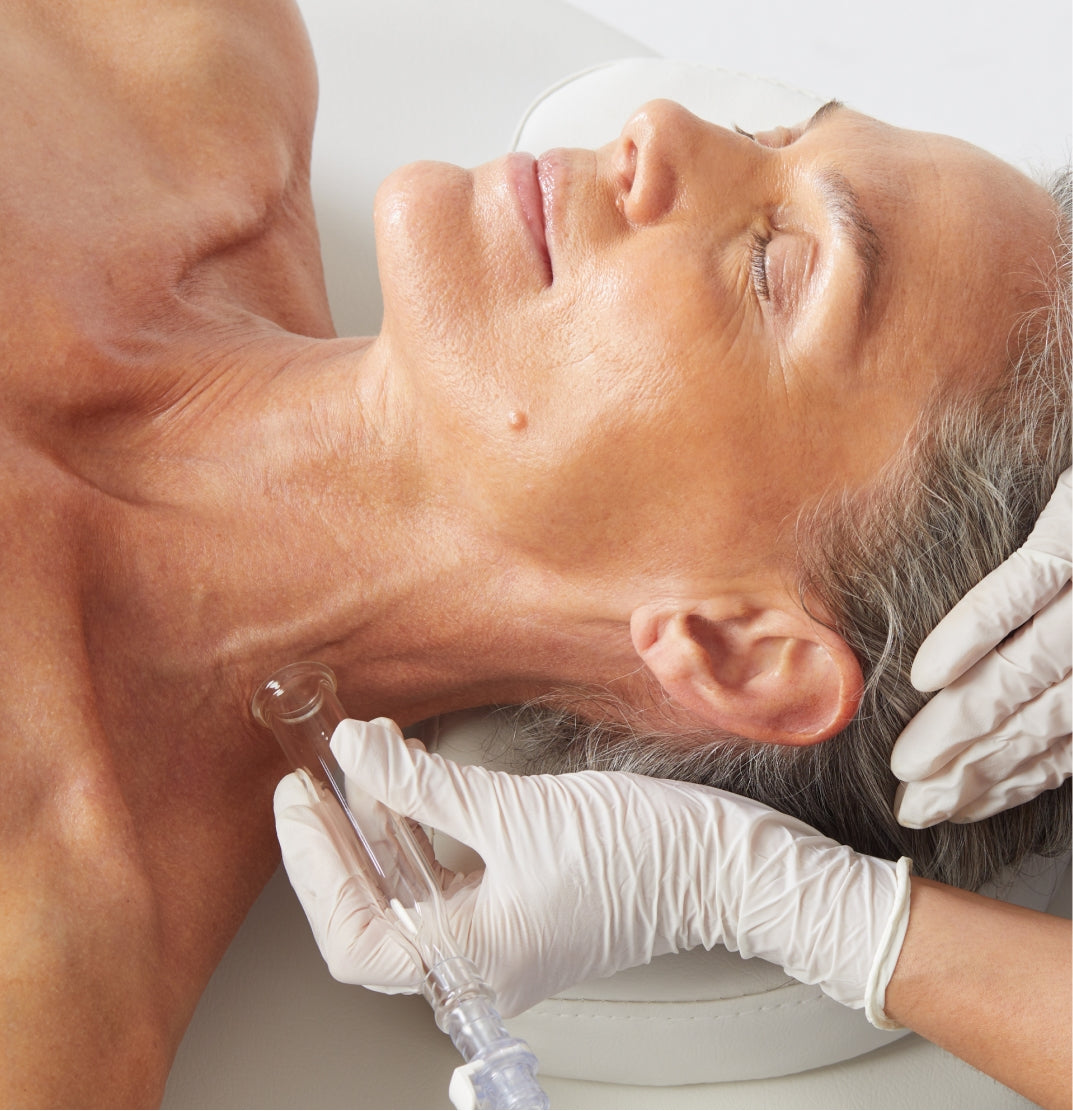
Lymphatic Drainage Facial in Queens, New York Our lymphatic drainage facial reduces puffiness and promotes a healthy complexion by stimulating fluid circulation.
-

Holistic Health and Wellness Lymphatic drainage therapy supports overall health, boosting the immune system and improving circulation.
-

Relaxing Environment Enjoy a calming experience at our spa, designed to offer the perfect setting for your lymphatic drainage massage or facial in Queens, New York.
-
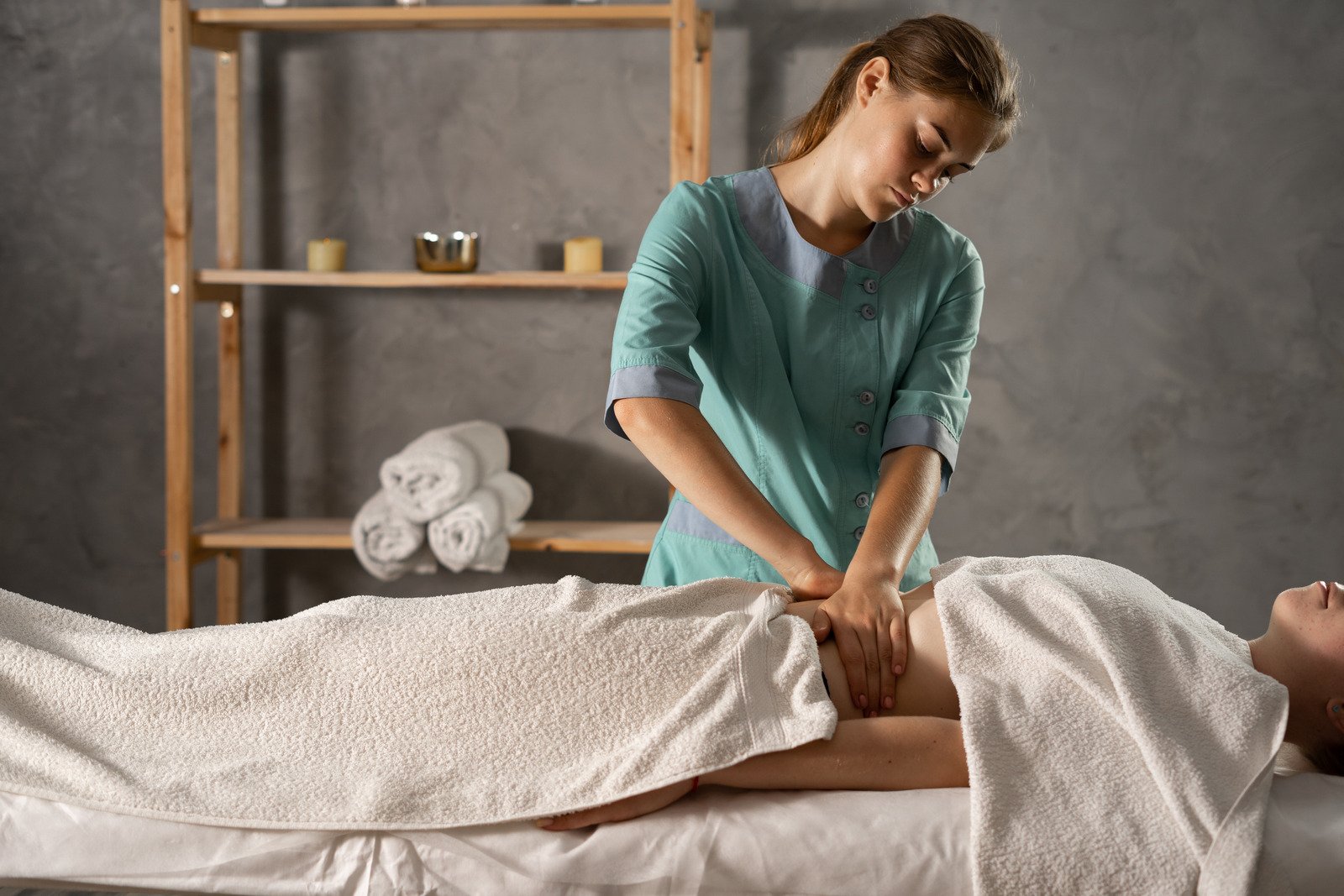
Affordable Quality Care We offer high-quality lymphatic drainage services at affordable prices, ensuring you get the best value for your wellness journey.
FAQs
What is lymphatic drainage massage?
The lymphatic system is a vital network of vessels and organs beneath the skin that plays a key role in maintaining a healthy immune system. It functions similarly to a waste disposal system, helping the body filter out toxins, bacteria, and other waste. Lymphatic massage, also known as manual lymphatic drainage (MLD), involves gentle techniques that stimulate specific areas of the body to move lymph fluid toward areas with active lymph vessels, supporting overall health and detoxification.
How does manual lymphatic drainage work?
The lymphatic system typically transports lymph fluid back to the heart through vessels and nodes. However, when this process is disrupted, such as after lymph node removal during breast cancer surgery, fluid can build up in the arms and legs, causing lymphedema.
Manual lymphatic drainage (MLD) is commonly used by certified therapists to reduce swelling by moving lymph fluid from congested areas to healthy lymph nodes. Unlike traditional massage, it uses light pressure to gently stimulate the lymphatic system beneath the skin. MLD follows a specific sequence, starting with primary lymphatic drains in the neck, groin, and armpits, to create space for the excess fluid to be absorbed.
How painful is lymphatic massage?
Lymphatic massage should be gentle and painless, with light strokes applied to the skin. If you experience any pain or redness during the session, it's important to stop the massage and consult a specialist for further advice.
How often should someone get a drainage massage?
DLT, which includesdrainage massage, may require daily sessions over several weeks before the treatments become less frequent. However, the frequency of massage will vary based on individual needs and the severity of symptoms.
How to know if lymphatic massage in Queens, New York could benefit you?
Your lymphatic system plays a crucial role in immunity and waste removal. When it becomes congested, it can lead to swelling, especially in the arms and legs, and contribute to conditions like lymphedema. Signs that your lymphatic system may be compromised include tight rings, snug clothing, or feelings of heaviness and pain.
Congestion can occur due to surgery, infection, trauma, or diseases such as cancer, rheumatoid arthritis, fibromyalgia, chronic venous insufficiency, and lipedema. If you're experiencing these symptoms, lymphatic massage in Queens, New York may help promote fluid movement and improve overall well-being.
Can healthy people benefit from drainage massage?
If you have a healthy lymphatic system, drainage massage is unlikely to provide benefits beyond relaxation. While some celebrities claim it helps them get "red-carpet ready," there's no scientific evidence to support that drainage massage leads to weight loss.
However, lymphatic drainage can offer a temporary slimming effect by helping move fluid through the body, similar to spreading a stack of papers across a counter. This process helps reduce fluid buildup and may give the appearance of a more toned figure.
How long does a lymphatic drainage facial take?
A typical lymphatic drainage facial in Queens, New York lasts about 45 to 60 minutes. The session is designed to relax you while helping to reduce puffiness and promote healthy skin.
How do I book a lymphatic drainage massage or facial at Ascend Spa?
Booking your lymphatic drainage massage in Queens, New York or lymphatic drainage facial is easy! Simply visit our website or give us a call to schedule your appointment at Ascend Spa today.
What makes Ascend Spa the best choice for lymphatic drainage treatments in Queens, New York?
At Ascend Spa, we offer expert care, personalised treatments, and a serene, relaxing environment for your lymphatic drainage massage in Queens, New York or lymphatic drainage facial in Queens, New York. Our experienced therapists use the latest techniques to help you achieve your wellness and beauty goals.
Can a lymphatic drainage massage help with weight loss?
While lymphatic drainage massage in Queens, New York is not a weight-loss treatment, it can help reduce water retention and bloating, creating the appearance of a slimmer body. For best results, combine this treatment with a balanced diet and exercise routine.


